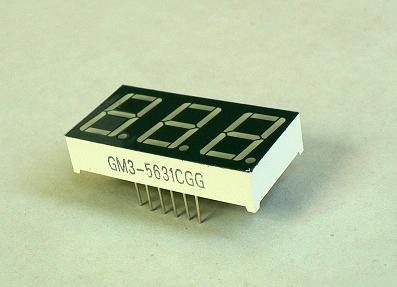 The hyperpnea or hyperventilation it is a state in which there is an increase in the amount of inspired air, which is achieved thanks to an increase in the respiratory rate as well as in the inhaled volume.
The hyperpnea or hyperventilation it is a state in which there is an increase in the amount of inspired air, which is achieved thanks to an increase in the respiratory rate as well as in the inhaled volume.
Hyperpnea must be differentiated from tachypnea, the latter being the term used to indicate an increase in respiratory rate.
This condition can occur physiologically during exercise. Its appearance in other conditions can be a sign of health conditions.
Effects of hyperpnea or hyperventilation on the body
Hyperventilation produces an increase in the amount of oxygen in the tissues, but also a decrease in the concentration of carbon dioxide. Alterations in the concentrations of these gases lead to changes in the pH or degree of acidity of the blood, affecting its balance.
The brain has receptors that allow the levels of these gases to be measured. When carbon dioxide levels decrease, a signal is produced that causes the person to breathe less frequently, this is perceived as shortness of breath or even as a feeling of suffocation, but in reality it is an adaptive mechanism.
When hyperventilating, chemical changes trigger a series of mechanisms to adjust the values and return to normal limits, causing symptoms such as dizziness, lightheadedness, confusion, nausea and even vomiting.
How to recognize hyperpnea or hyperventilation
This condition occurs commonly accompanying disorders characterized by anxiety, such as seizures or panic attacks. A person experiencing distress or anxiety may experience hyperventilation without being aware of it.
Other situations that can lead to the development of hyperpnea are infections, fever, and bleeding.
One condition in which asymptomatic hyperpnea can occur is during exercise. When training, the demand for oxygen increases, which increases the respiratory rate and also the volume of air inhaled, however, high amounts of carbon dioxide are also produced, so the adaptive mechanisms that cause the discomforts that are not produced are not produced. characterize hyperventilation.

What to do in case of hyperventilation?
A practical measure that can help alleviate the symptoms of hyperventilation is to breathe air from a bag, or put your hands over your mouth in the shape of a cup.
This measure helps to inhale oxygen and carbon dioxide, which causes the proportions of these gases to be maintained. After a few minutes after its onset, the discomfort will disappear and breathing will return to normal.
In addition, measures should be taken to control anxiety and achieve calm and relaxation.
Photos: Fotolia - blueringmedia / auremar









